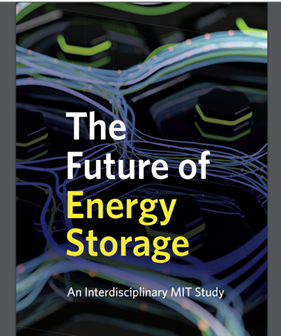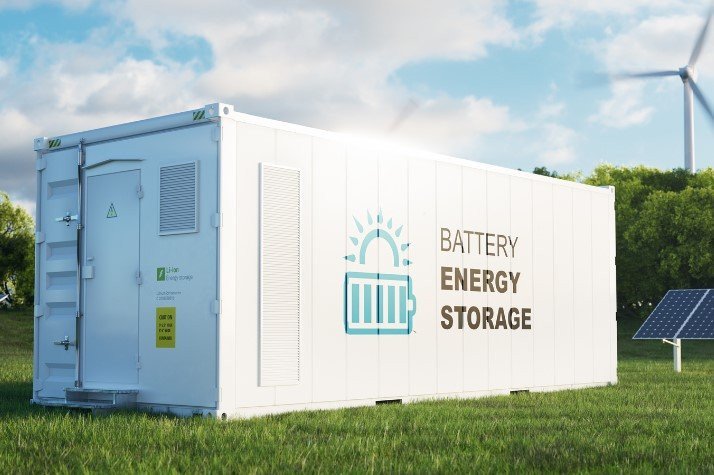MIT report says energy storage is crucial for combatting climate change
MIT Energy Initiative, the hub for energy research and education has released its latest research report titled, "The Future of Energy Storage".
The interdisciplinary report which is a culmination of three years of study examines the role energy storage can play in fighting climate change and in the global adoption of clean energy grids.
The report explores storage basics and delves deeper into the four kinds of storage technologies: electrochemical, thermal, chemical, and mechanical along with the R&D in each technology. It also provides key recommendations based on its modeling results for energy storage technology and policy. [The report includes modeling results for developed countries, based on three U.S. regions, and for emerging markets and developing economy (EMDE) countries, particularly as represented in India]
A few of the key conclusions highlighted in the report are:
- Storage enables deep decarbonization of electricity systems – Energy storage can serve as a potential substitute for/ or complement nearly every aspect of the power system including generation, transmission, and demand flexibility. The report states, that storage should be co-optimized with clean generation, transmission systems, and strategies to reward consumers for making their electricity use more flexible.
- Recognize trade-offs between "zero" and "net-zero" emissions – The report concludes that goals that aim for zero emissions are more complex and expensive than net-zero goals. It states the pursuit of a zero, rather than a net-zero goal for the electricity system could result in high electricity costs that make it harder to achieve economy-wide net-zero emissions by 2050.
- Developing economy countries are an important market for electricity system storage – The report notes Storage can reduce the cost of electricity for developing country economies while providing local and global environmental benefits as well as electricity cost savings.
- Invest in analytical resources and regulatory agency staff – The need to co-optimize storage with other elements of the electricity system necessitates advances in analytical tools which will allow to plan, operate, and regulate power systems of the future reliably and efficiently. According to the report, important areas include system stability and dispatch, resource adequacy, and retail rate design. Increased investment in regulatory agency staff who will face new challenges is also warranted.
- Long-duration storage needs federal support- Urging the government to support long-duration energy storage, the report highlights that Li-ion batteries will likely continue to be of relatively high costs per kWh of electricity stored, making them unsuitable for long-duration storage that may be needed to support reliable decarbonized grids. The U.S. federal government should prioritize support for long-duration storage technologies even if they may not be developed and deployed until after 2030.
- Reward consumers for more flexible electricity use - The intermittent nature of wind and solar generation and the target of decarbonizing other sectors through electrification increase the benefit of adopting pricing and load management options that reward all consumers for shifting electricity uses with some flexibility away from periods when the balance between supply and demand is tight to periods of abundance. Here the report states, that advanced metering and behind-the-meter communications technologies make it feasible for state regulators to implement such strategies for residential and small commercial consumers.
"The Future of Energy Storage" report is the ninth study released as a part of the MIT Energy Initiative's "Future of" series that explores crucial and complex issues involving energy and the environment. Previous studies in the series have focused on solar energy, natural gas, nuclear power, geothermal energy, and coal as well as on systems such as the U.S. electric power grid.
To read the complete report, visit - https://energy.mit.edu/research/future-of-energy-storage/

























